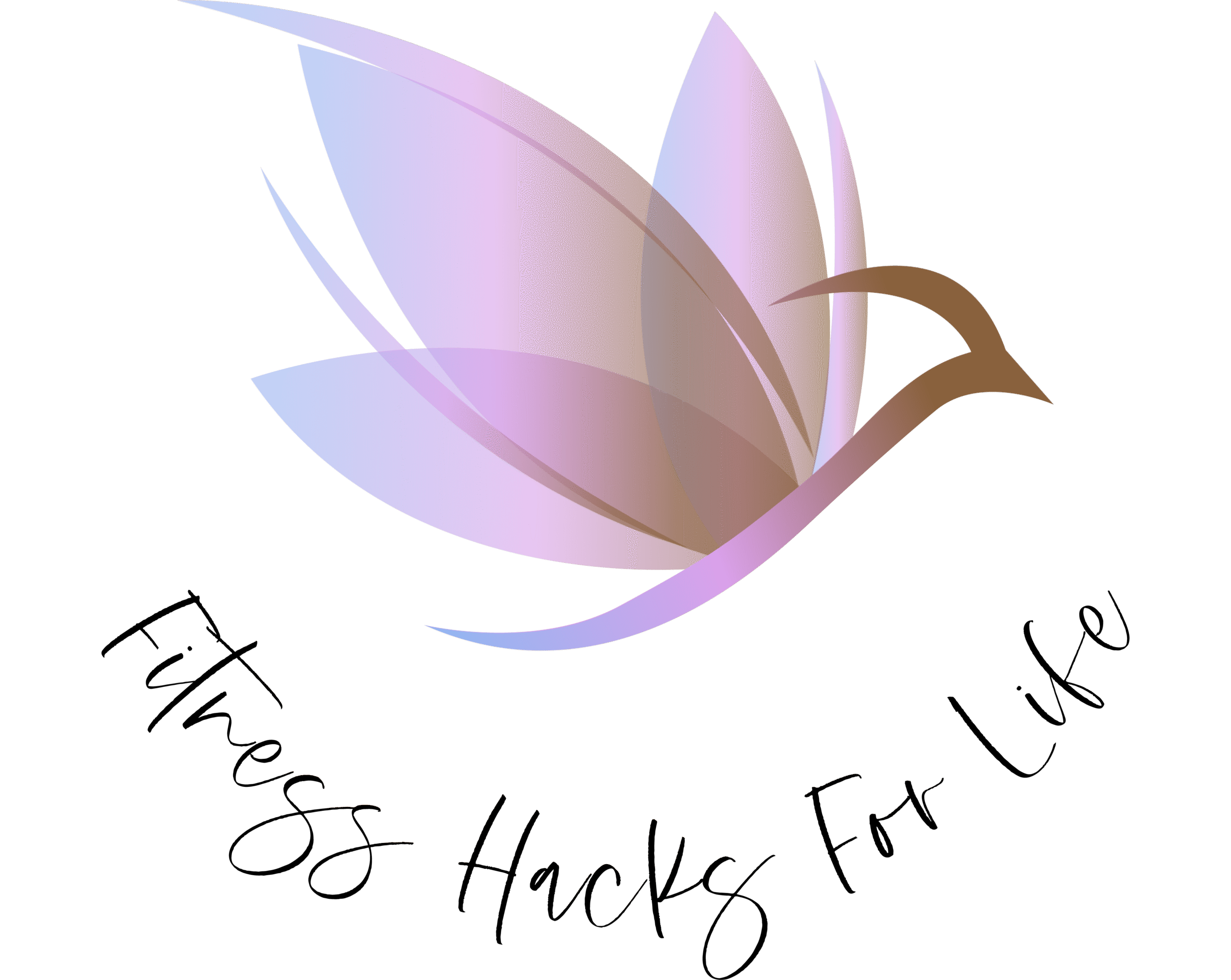Figuring out who your real friends are can be a difficult process, but there are definitely some key signs to look for. “Hacking your way” to real friends is less about a trick and more about being observant and honest with yourself about the relationships in your life.
How to “Hack Your Way” to Finding Real Friends
It’s about shifting your mindset and focusing on quality over quantity. The best way to find and keep genuine friends is by embodying the qualities of a good friend yourself.
1. Look for Reciprocity, Not Just “Taking”
- The “Give and Take” Test: A real friendship is a two-way street. Are you always the one initiating contact, listening to their problems, or offering help? If you feel like you’re constantly giving and rarely receiving, that’s a sign the relationship might be one-sided.
- Mutual Investment: Real friends make an effort. They will remember important details about your life, celebrate your successes with genuine enthusiasm, and show up for you when you need them, without you having to ask repeatedly.
2. They Accept You, Flaws and All
- No Need to Pretend: With a true friend, you should feel comfortable being your authentic self. You shouldn’t have to put on a show or hide parts of your personality just to be liked.
- Constructive Honesty: A real friend will tell you the truth, even if it’s difficult to hear. They do this because they care about your well-being, not to put you down. This honesty is always delivered with kindness and support.
3. They Are There in Both Good and Bad Times
- The “In Sickness and in Health” Rule: Fake friends are often present for the fun, easy times but disappear when things get tough. A true friend will stick around to support you through hardships, whether it’s a breakup, a job loss, or a family crisis.
- No Competition: A real friend is happy for your success and doesn’t feel threatened by it. They won’t try to one-up you or minimize your achievements.
4. You Feel Good Around Them
- The Energy Check: Pay attention to how you feel after spending time with a friend. Do you feel uplifted and energized, or drained and exhausted? Genuine friendships should leave you feeling better about yourself, not worse.
- Trust and Vulnerability: You can trust a real friend with your secrets and fears. They will be vulnerable with you in return, creating a deep bond built on mutual trust.
The key to finding real friends is to be a real friend yourself and to let go of relationships that don’t bring you mutual support and happiness.
To learn more about what to look for, you might find this video on the signs of a true friend helpful.
How to Know If You Have Real Friends






